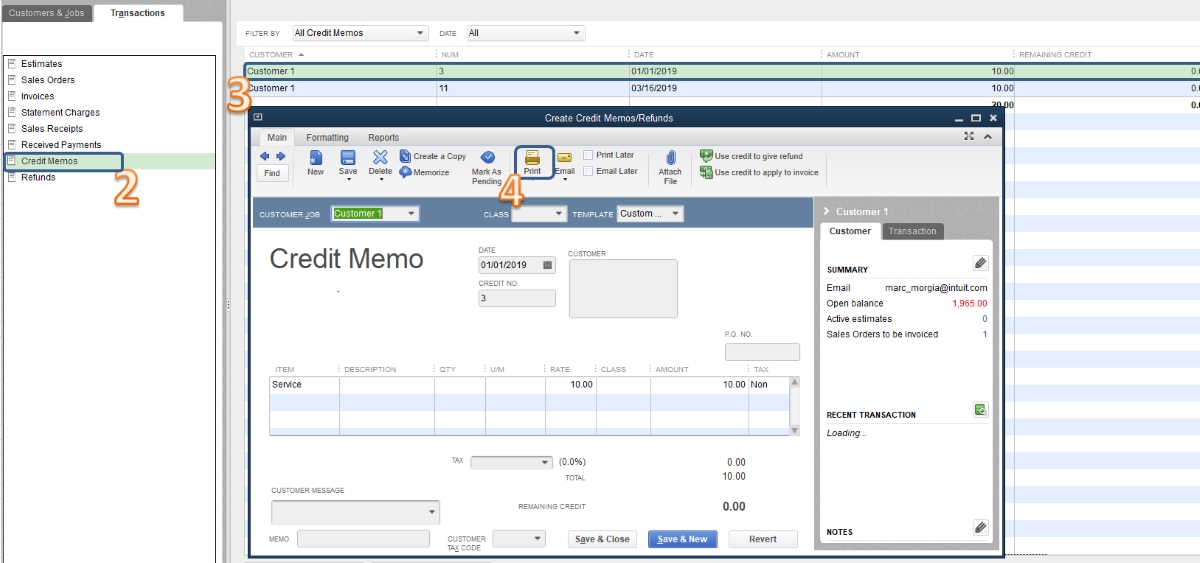Home>Finance>Segregated Witness (SegWit): Definition, Purpose, How It Works


Finance
Segregated Witness (SegWit): Definition, Purpose, How It Works
Published: January 26, 2024
Learn about Segregated Witness (SegWit) in finance: its definition, purpose, and how it works. Discover how this innovation is changing the landscape of financial transactions.
(Many of the links in this article redirect to a specific reviewed product. Your purchase of these products through affiliate links helps to generate commission for LiveWell, at no extra cost. Learn more)
Segregated Witness (SegWit): Definition, Purpose, How It Works
Welcome to our “FINANCE” blog category, where we provide expert insights on various financial topics. In this post, we will explore Segregated Witness (SegWit), a revolutionary technology that has brought significant improvements to the Bitcoin network. If you’re wondering what SegWit is, how it works, and why it matters, you’ve come to the right place. So, let’s dive in!
Key Takeaways:
- Segregated Witness (SegWit) is a technology implemented in the Bitcoin network to address scalability and transaction malleability issues.
- SegWit separates signature data from transaction data, allowing for more efficient use of block space and improving network capacity.
What is Segregated Witness?
Segregated Witness, often referred to as SegWit, is a protocol upgrade implemented in the Bitcoin network in 2017. Its primary goal was to address two significant challenges faced by Bitcoin: scalability and transaction malleability.
Scalability refers to the ability of a network to handle an increasing number of transactions and users without sacrificing speed and efficiency. Transaction malleability, on the other hand, refers to the potential for modifying the transaction ID (TXID) without changing its content, which could cause issues in tracking transaction confirmations and creating smart contracts.
SegWit tackles these challenges by separating the signature (witness) data from the transaction data, effectively solving the transaction malleability problem and providing more room for transactions in each block.
How does SegWit work?
Prior to SegWit, the signature data in Bitcoin transactions was part of the transaction data stored in a block. With SegWit, this signature data is moved outside the transaction data, creating a separate data structure called the Witness. This Witness is stored in a new area of the block known as the “Witness section.”
Here’s how SegWit works in a nutshell:
- A traditional Bitcoin transaction includes transaction inputs, outputs, and the signature (witness) data.
- With SegWit, the signature (witness) data is removed from the transaction data, leaving just the inputs and outputs.
- The signature (witness) data is placed in the new Witness section.
- Nodes that have upgraded to support SegWit can still validate the transaction without needing the Witness data, making the process more efficient.
- The Witness data is stored separately, allowing it to be pruned from the blockchain in the future, further saving storage space.
This separation of transaction data and signature data brings several benefits:
- Increased Scalability: By removing the signature data from the transaction, more transactions can fit within each block, improving the overall capacity of the Bitcoin network.
- Transaction Malleability Fix: The separation of the witness data ensures that manipulating the signature data does not affect the transaction ID, effectively addressing the transaction malleability issue.
Since its implementation, SegWit has significantly improved the efficiency and capacity of the Bitcoin network, paving the way for further developments and use cases.
In Conclusion
Segregated Witness (SegWit) is a groundbreaking protocol upgrade that has solved critical challenges faced by the Bitcoin network. By separating signature data from transaction data, SegWit has increased scalability, improved network capacity, and fixed transaction malleability issues.
As an important development in the world of cryptocurrency, SegWit has set the stage for more efficient and secure Bitcoin transactions. Its implementation has opened doors for further innovations and advancements that will shape the future of finance.














